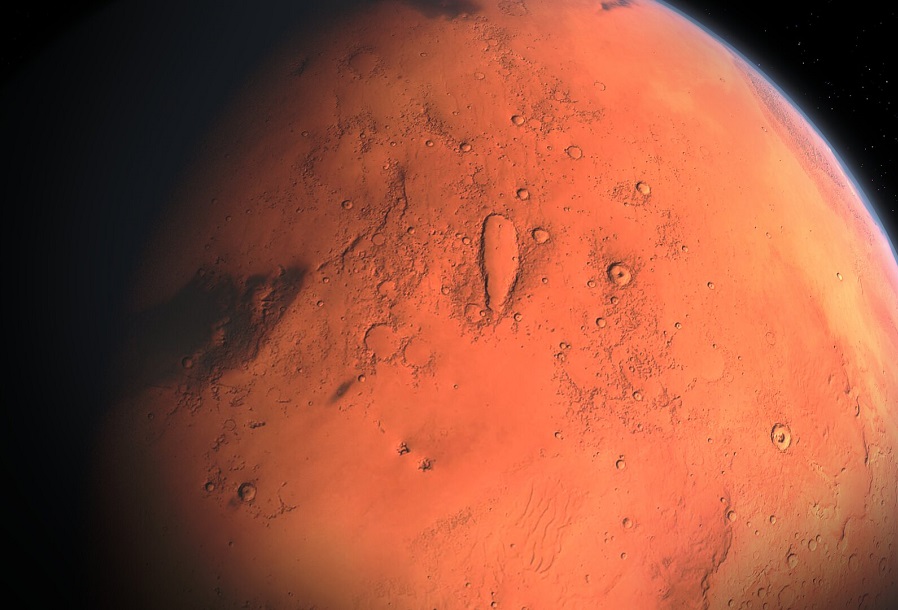Scientists report two record-breaking marsquakes, which were recorded last fall. Seismic oscillations from events on the opposite side of the planet were recorded by equipment aboard the InSight probe.

InSight felt the marsquakes on the opposite side of the planet
The InSight probe, which still operates on the surface of the Elysium plain on Mars, is equipped with a seismograph, which has already recorded a large number of seismic events on the Red Planet. And recently the group investigating the events announced a record.
The publication in The Seismic Record, says that the device caught the echoes of two extremely powerful by local standards marsquakes, the waves of which reached it from across the planet.
The first of these events occurred in the Mariner Valley on August 25, 2021 and had a magnitude of 4.2. The giant rift valley in which it originated is the largest of its kind in the solar system. Scientists have already previously received evidence from areocentric orbiting satellites that it may remain seismically active.
The second event was observed on September 18, 2021. Its exact location remains unknown. However, scientists have no doubt that it also happened on the other side of the planet. In addition, it took place at a much greater depth than the previous one. According to the simulation results, the epicenter of the marsquake was at a depth of about 50 km.
How common are marsquakes
Before InSight landed on the Elysium plain in 2018, scientists believed that marsquakes were a rare phenomenon. The almost complete absence of a magnetic field indicated that Mars was almost dead in tectonic terms.
However, as of October 2021, the InSight seismograph recorded 951 marsquakes. Most of them come from furrows of Cerberus close to the apparatus, located on the same plain of the Elysium. Until now, scientists have reservedly explained this fact by the preservation of local tectonic activity.
However, two marsquakes, the waves from which reached the device across the planet, are forcing us to reconsider these ideas. And if the first of these, which took place near the Mariner Valley, resembles those previously observed in the furrows of Cerberus, the event of September 18 is not at all similar to them. Its energy is the largest among those observed on Mars, and the spectrum of oscillations is the widest.
It is possible that we have not yet seen the full range of Martian seismic phenomena. Marsquakes can be much larger and more diverse than we think. And this forces us to look at the depths of the Red Planet in a new way.
According to: phys.org

